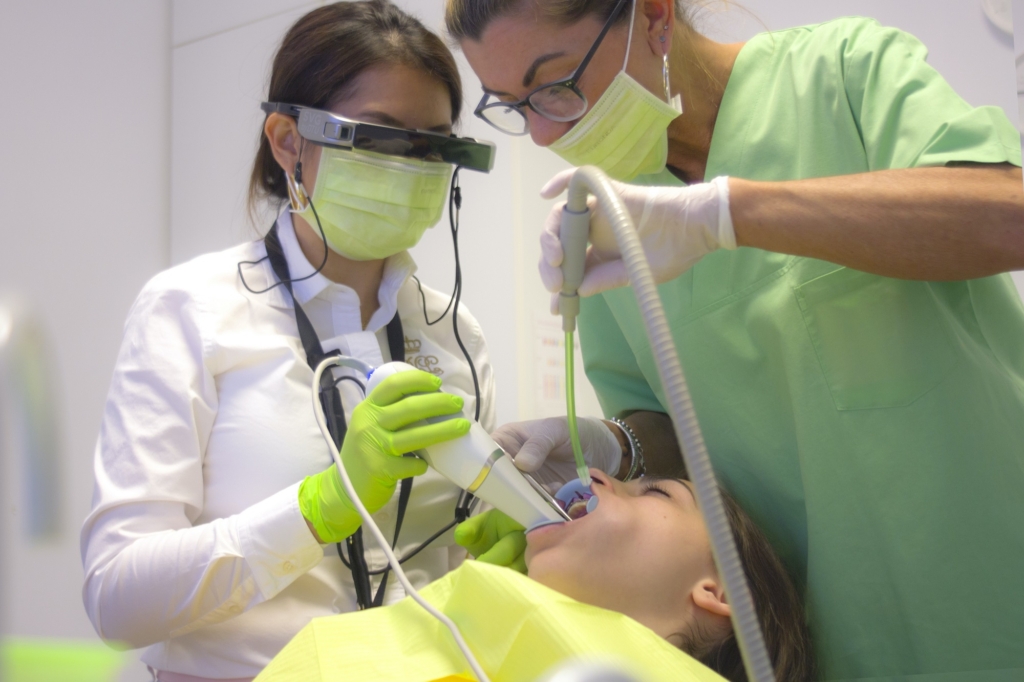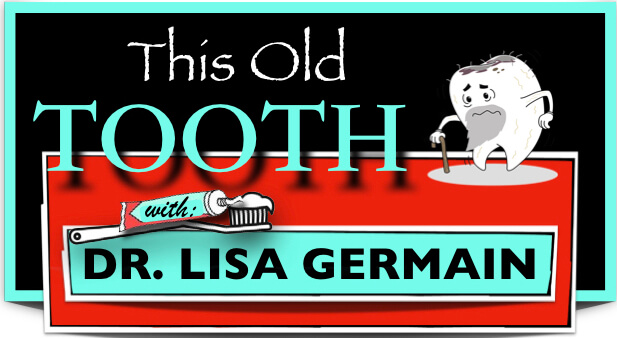Facts About Teeth Bleaching Services

When I think about “bleaching”, I think about getting stains out of my whites. However, if actual bleach were used to lighten teeth, it would cause severe caustic burns in your mouth and stomach, let alone taste like you swallowed a swimming pool. However, you will probably want to use a form of teeth bleaching. Teeth bleaching services and procedures are designed to whiten your teeth beyond their natural shade.
Teeth Bleaching Services Procedures
Tooth bleaching procedures can be done by a professional in a dental office or you can purchase a kit over the counter in the drug store to bleach your teeth at home. Sometimes a combination of both is recommended. In an overall comparison of at-home and in-office bleaching, no differences were detected, either regarding risk/intensity of tooth sensitivity or the effectiveness of the bleaching treatment.1 This comparison, however, does not take into consideration variations in the protocols (daily usage time, number of bleaching sessions, and product concentration) of the bleaching techniques in the studies included.

Bleaching is the most conservative and least expensive cosmetic procedure available in dentistry today. Slight to moderate tooth discoloration can usually be whitened successfully. The degree of whitening will vary from individual to individual as well as from tooth to tooth in each individual. While almost anyone can benefit from tooth bleaching, this is not like having your hair dyed! You can’t choose the end result color. It also depends on what caused the teeth to be discolored. Consumption of certain antibiotics and excessive fluoride during tooth formation can cause internal stains in the innermost layer of the tooth that are very resistant to external bleaching. The largest problem seen with at home bleaching kits is that it takes time and patient compliance is variable. (It won’t work if you don’t use it!)

Bleaching in the dental office may be somewhat uncomfortable during the procedure and for a short time afterwards. If the discoloration is resistant to the procedure, crowns or veneers are an option that you can consider. However, both of these procedures require that the dentist shave away part of your natural tooth structure. Crowns, veneers and fillings do not lighten during bleaching procedures, so it is important to wait until after you have completed tooth whitening prior to having any other work done. Your bleached teeth will require periodic retreatment in order to maintain the color. It is important to see your dentist before doing at home bleaching because if you have any leaking fillings or crowns, the whitening solution can cause pain if it seeps into the more sensitive layers of the tooth.
Teeth Bleaching Services – Things You Need To Know
The active ingredient used in dental whitening is hydrogen peroxide or carbamide peroxide. Most in-office systems use a higher percentage than at-home kits. Sometimes a light is used to activate the bleach on the teeth. The most common adverse reaction is tooth sensitivity. This can be reduced by decreasing the bleaching times and also by an application of fluoride after the treatment. Occasionally, gum tissue can become irritated and can slough. If this happens, discontinue use and consult with your dentist.
Teeth Bleaching Services – The Truth
It is important to remember that teeth do not look like little white refrigerator doors all lined up in a row. A little bit of variation can add character to your smile so, don’t try to over do it or obsess about the results. Chances are you will be more than happy with the results-certainly enough to keep on smiling!
Reference
1. de Geus JL, Wambier LM, Kossatz S, Loguercio AD, Reis A., At-home vs In-office Bleaching: A Systematic Review and Meta-analysis, Oper Dent. 2016 Jul-Aug; 41(4):341-56.
Related Podcasts and Blogs
What You Might Not Know About Your Teeth_001

